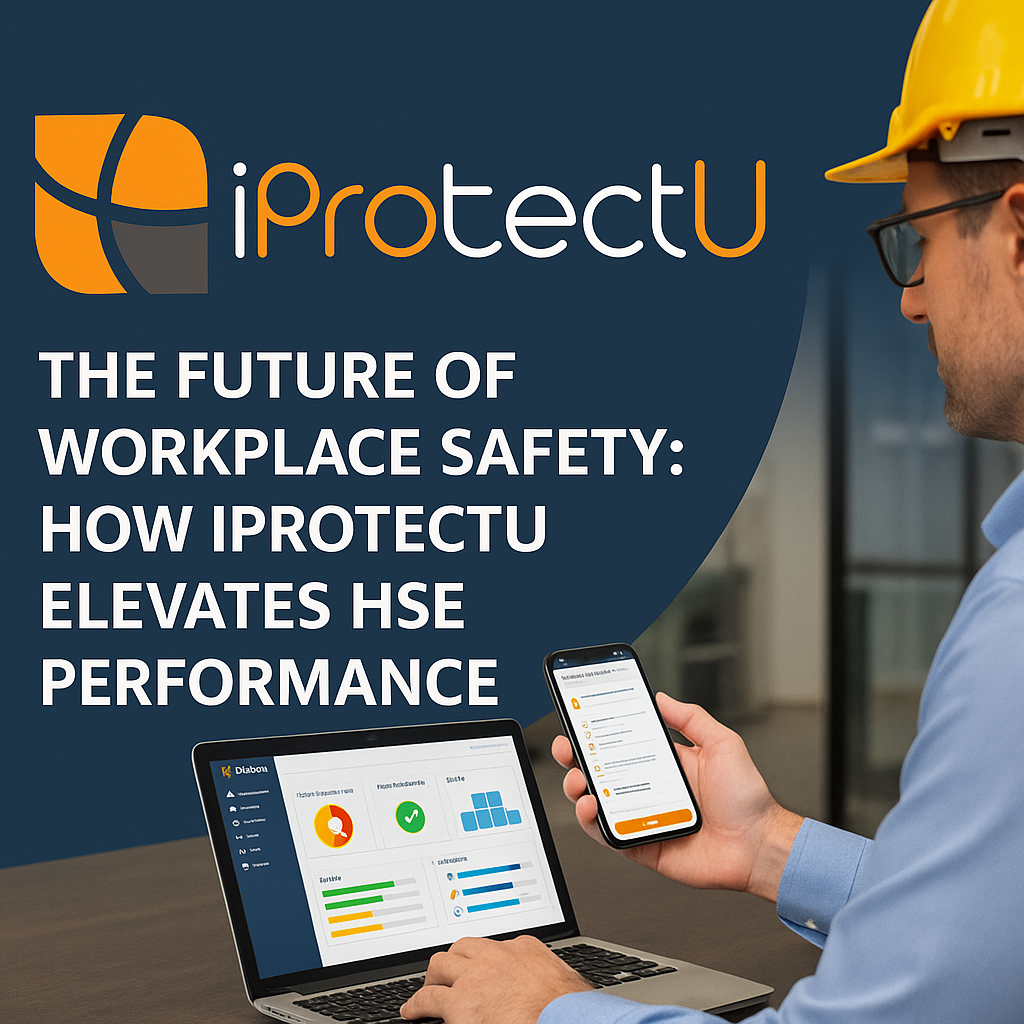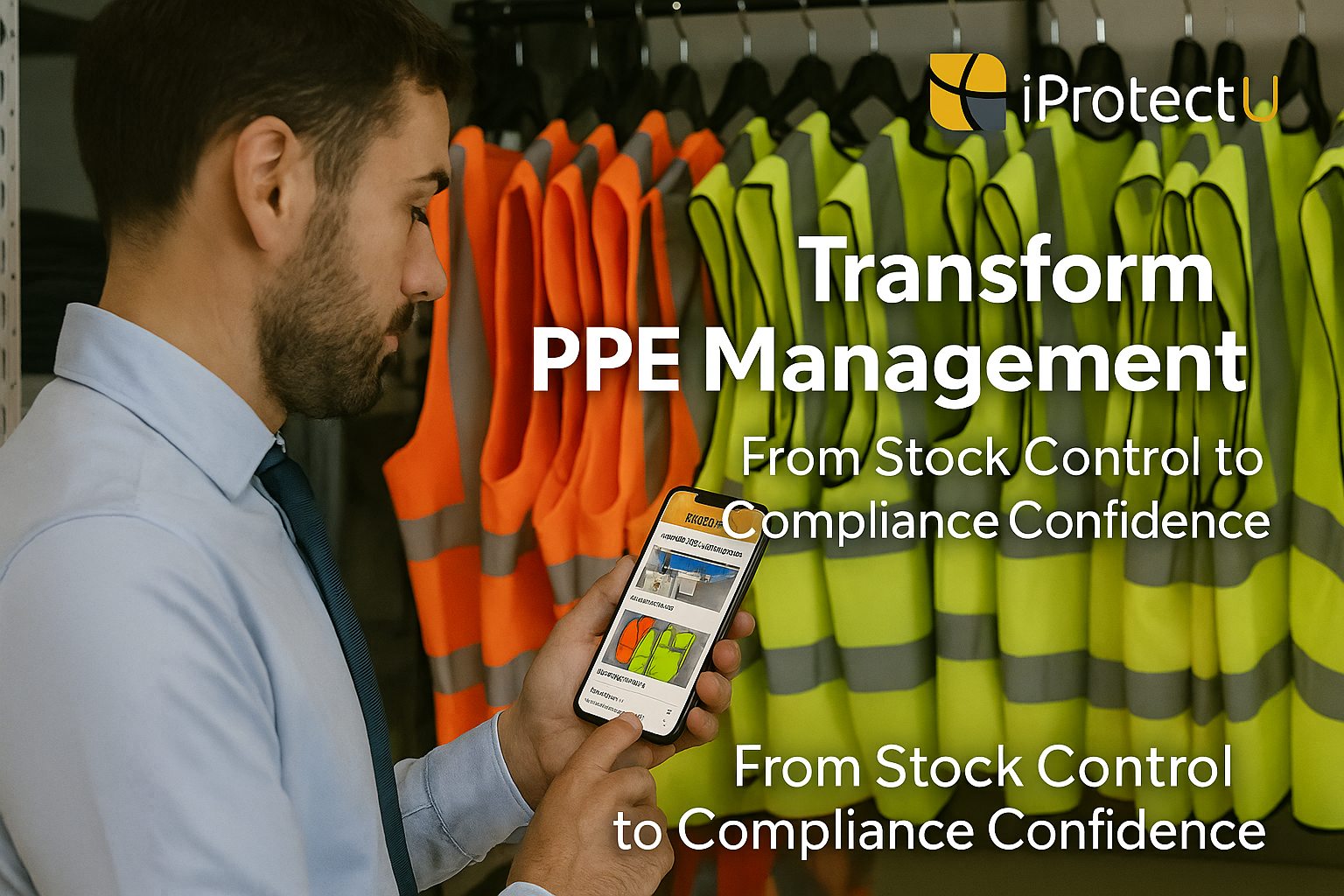
Supporting Local Sustainability: Restoring Native Oysters to the Solent
iProtectU is proud to support the Final Straw Foundation’s Native Oyster Restoration Project, helping restore
Health and Safety Software » Health and Safety Software News » Learning and Development » The Importance of Workplace Orientation Training – a Health and Safety Perspective

It is an important part of any health and safety management system, as it can help to prevent accidents and injuries by:
Guidelines for Providing Successful Orientation Training
By following these guidelines, employers can provide successful workplace orientation training that will help to prevent accidents and injuries.
Factors to keep in mind when providing workplace orientation training:
The iProtectU health and safety software provides:
Arrange your demonstration
Let us show you how we can transform your health and safety, risk and compliance management
Please choose a date and time for your demo. We look forward to meeting with you.

iProtectU is proud to support the Final Straw Foundation’s Native Oyster Restoration Project, helping restore

When a national voice like IBEC publishes your perspective, it matters.
This week, iProtectU

Modern HSE software has evolved into a strategic necessity, empowering organisations to manage risk proactively,

Managing personal protective equipment (PPE) doesn’t have to be a paperwork struggle. With iProtectU, safety

From work experience to an Amazon internship. Read how iProtectU helped empower a young talent

Modern organisations face increasing complexity when managing suppliers and contractors. Manual methods like spreadsheets and